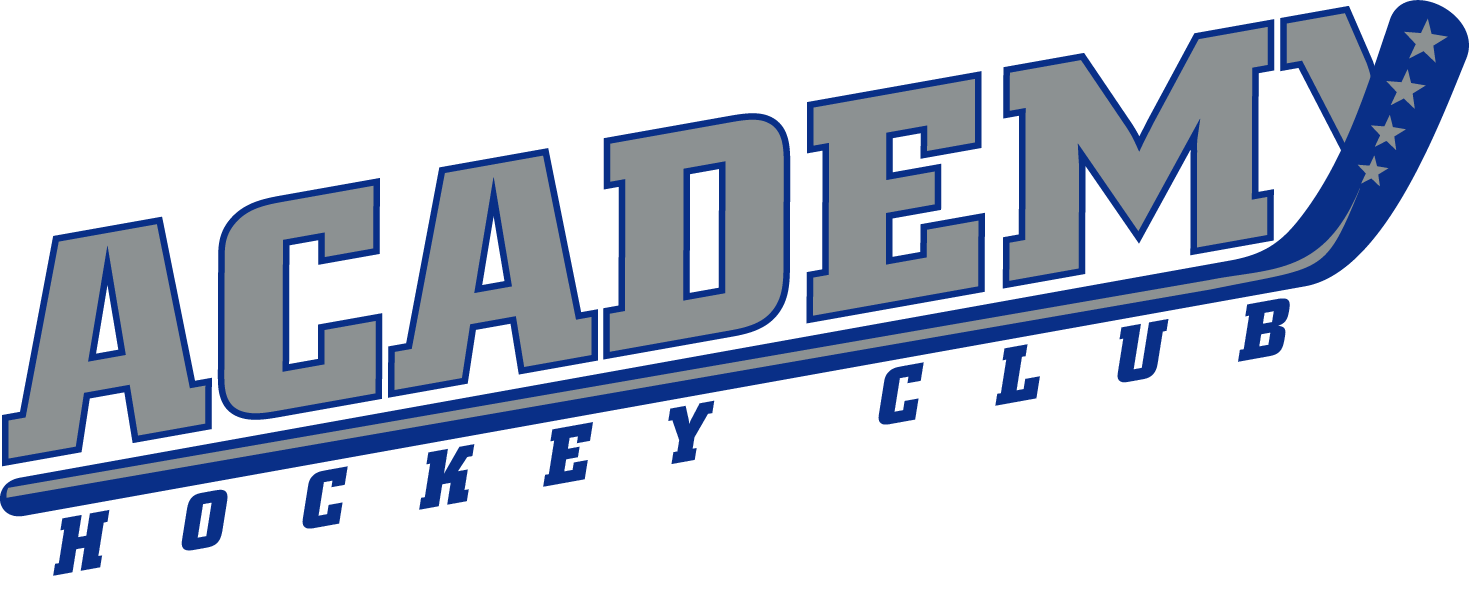Frequently Asked Questions
Should my player use a right- or left-handed hockey stick?
Right-hand dominant players use a LEFT-handed hockey stick (blade curves from left to right). Left hand dominant players use a RIGHT-handed hockey stick (blade curves from right to left). We know,
counterintuitive, so let us explain.
Some believe you should let a player decide on their own what hand to be in hockey. Our experience is what happens is a right-hand dominant players will grab a right-handed stick, place the dominant hand
in the middle of the shaft closest to the blade, and tell you “it is easier to use.” Why? Because like a hammer, the closer your hand is to the nail (or head/face of the hammer), the easier the hammer it is to
control – BUT as a result, you have MUCH LESS POWER at impact and the nail barely budges! Same principle works with a hockey stick. When a right-hand dominant player puts their dominant hand closest
to the blade (right hand in the middle of the stick) they are “choking up” on the stick and losing shooting power.
When it comes to blade control, or stick-handling, the analogy to think of is sword fighting. A sword fighter controls the tip of the sword by using their dominant hand on the handle of the sword. If they put
their non-dominant hand on top it would take them a MUCH LONGER time to learn how to control the tip of the sword. Hockey stick handling is the same principle – much easier to learn stickhandling with your
DOMINANT HAND is on the top of the stick.
How tall should the stick be?
Hockey sticks should be cut so the length vertically is between the players upper lip and nose when wearing street shoes. This will put the length about chin height with skates on.
How do I know if the skates properly fit?
Today’s graphite/plastic skate boots do not “stretch” like leather shoes. So skates fit relatively snug, about 1-1.5 sizes smaller than the shoe size is typical. To check fit, keep the laces very loose, have the
player stand up and push their big toe forward until it is touching the inside end of the toe portion of the skate. Then check between the players heel and the inside of the skate. If you can put a finger between
the players foot and the end of the skate’s boot – it’s too big. There should be a small gap, but a finger width is too much gap. Skates that are too big or too small will put pressure points on the players arch,
toes or heel.
What is “Baking” a skate?
Today’s skate boots are rigid and tighter around the upper part of the foot and ankle due to their stiffness. You can bake, or heat up, the plastic using a skate oven at a hockey store, then put the skate
on the player and tighten the laces. This helps form/shape the boot around the player’s foot and ankle making for a better fitting skate. You should use a designated skate oven for this procedure, which most
ice arenas or hockey stores have.
How many club teams are there in the Dayton area? How does my player keep playing?
2 hockey clubs, and 2 figure skating opportunities. Dayton Stealth and Dayton Ice Hounds for hockey. Kettering Recreation Center, and South Metro Sports for Figure Skating. Club programs also exist in
Troy, Springfield, Cincinnati, and Oxford.
What is the “progression model” Academy is using?
Skating is the foundation of all figure skating and ice hockey. Academy focuses on skating first, before introducing hockey equipment or hockey sticks. We believe this enhances the experience and expedites growth in the game. Players will be introduced to hockey concepts once they are able to do hockey skating strides with both legs, and are able to do a basic “stop” maneuver (snowplow or better).
How many High Schools have hockey teams in our area?
Alter, Beavercreek, Centerville, Springboro, Troy, Sycamore, Mason, St Xavier, Elder, Moeller, and Talawanda High Schools are registered Ohio High School Athletic Association hockey programs.
Is there checking in youth hockey?
USA Hockey does not allow body checking until players reach age 13 or the Bantam level of hockey. USA Hockey designated programs are: Mites (7/8U), Squirts (9/10U), and PeeWee (11/12U) which do not allow checking. Competitive body contact is coached at all levels through body position and angling techniques which allow players to be ready for safe body checking when it is permitted.
Where are games played? Travel required?
The Buckeye Travel Hockey League (BTHL) is the premier youth travel ice hockey league for “AA,” “A,” and “B” 10U, 12U, and 14U teams in Ohio, Indiana, Kentucky, and West Virginia. The BTHL’s 8U Mite Division includes teams from the region which play in Jamborees with league associations every weekend starting in November. The BTHL is a part of USA Hockey’s Mid-Am district. League teams will play in various skill level divisions within each age group.
Is hockey expensive?
1 hour of ice time in our area is $310. Take all your practices, games, referees, equipment, etc and hockey can be pricey. Academy Hockey is working to collect slightly used equipment to defray the costs,
and there is a “used equipment” sale at the beginning of every season hosted by the local club hockey organizations. But always check with Academy first before buying….we have a great network of hockey
loving families and we can probably help!
Want More Information on Youth Hockey?
Visit USA Hockey’s Come Play Youth Hockey website.
https://www.usahockey.com/comeplayyouthhockey
Visit Southwest Ohio High School Hockey League for OHSAA team listing at http://www.swohshl.org
Dayton Stealth: https://www.daytonstealth.com
Dayton Ice Hounds: https://www.icehoundshockey.com
